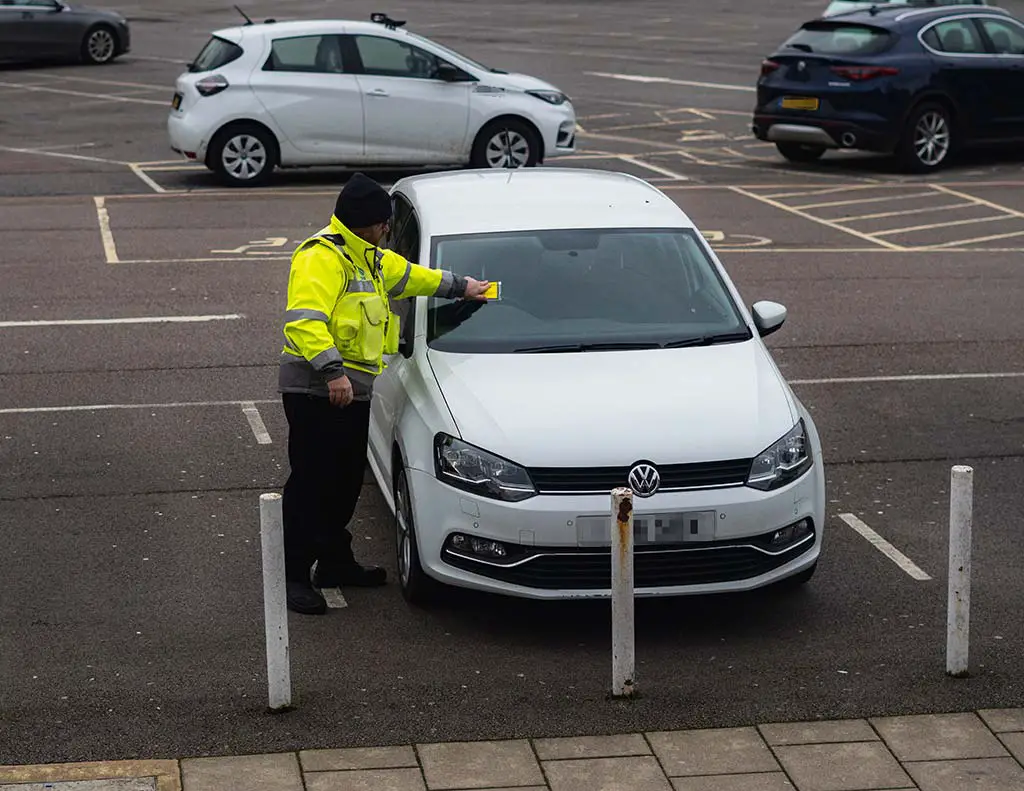Where Is the Engine in a VW Beetle(Bug)
In classic Volkswagen Beetles (produced up to 2003 in some markets), the engine is located in the rear of the vehicle, behind the rear axle. This rear-engine placement is a distinctive feature of the classic Beetle design, providing better traction over the drive wheels.
In contrast, the modern VW Beetles (produced from 1998-2019) have a front-engine layout, similar to most other modern cars, with the engine under the hood at the front of the vehicle.
So:
- Classic VW Beetle (pre-1998) – Engine in the rear.
- Modern VW Beetle (1998-2019) – Engine in the front.
How to Remove a VW Beetle Engine
Removing the engine from a VW Beetle is a task many enthusiasts take on, whether for repair, restoration, or performance upgrades. The VW Beetle, especially the classic model, is known for its relatively accessible rear-mounted engine, making engine removal easier compared to many other cars.
Here’s a comprehensive guide on how to remove a VW Beetle engine safely and efficiently.
Steps to Remove a VW Beetle Engine
-
Prepare the Vehicle and Workspace
- Park the Beetle on a flat surface and engage the parking brake.
- Disconnect the battery to prevent any electrical issues during the removal.
- Gather necessary tools: a jack, jack stands, socket set, wrenches, and a screwdriver.
-
Raise the Rear of the Vehicle
- Jack up the rear of the car and secure it on jack stands. Ensure there is enough room to slide the engine out from underneath the vehicle.
-
Disconnect Electrical Components
- Remove any electrical connections from the engine, including the ignition wires, alternator, and any other connected cables. Label them for easy reinstallation.
-
Detach the Fuel Line
- Locate the fuel line and disconnect it, being careful to contain any fuel spillage. Plug the fuel line to prevent leaking during the process.
-
Remove the Heater Hoses and Throttle Cable
- Disconnect the heater hoses and throttle cable attached to the engine. This step may vary slightly depending on the Beetle model.
-
Unbolt the Engine from the Transmission
- Remove the bolts that connect the engine to the transmission. Typically, there are four main bolts: two on the top and two underneath.
-
Support the Engine
- Place a jack under the engine for support and carefully lower it after unbolting it from the transmission. Be sure to maintain balance to avoid damage to the engine or car.
-
Slide the Engine Out
- With the engine fully disconnected, carefully slide it out from the rear. Having a helper can make this step easier.
-
Inspect and Store the Engine
- Once removed, place the engine on a stand or a flat surface. Inspect it for any repairs or upgrades needed before reinstallation.
Tips for Safe Engine Removal:
- Always have the right tools on hand, including a helper if possible, to safely handle the engine’s weight.
- Take photos or label connections for easier reassembly.
- Consider consulting the service manual for any specific details related to your Beetle model.
Removing a VW Beetle engine is a rewarding project that can open up possibilities for restoration or performance improvements. With the right approach and preparation, you can remove the engine efficiently and safely.

Credit: www.blauparts.com
1. How long does it take to remove a VW Beetle engine?
Removing a VW Beetle engine can take anywhere from 2 to 4 hours for someone with experience, and 4 to 6 hours or more for a beginner. The actual time depends on factors such as:
- Experience Level – Those familiar with VW Beetles or engine removal can complete the task faster.
- Tools and Setup – Having the right tools (jack, jack stands, wrenches, etc.) ready can speed up the process.
- Rust or Seized Bolts – Older models may have rusted bolts, which can slow down removal.
- Help Available – Having an extra person can make the process faster and safer.
Preparation and familiarity with the steps can significantly reduce the time needed for engine removal.
2. What Tools Are Required To Remove A Vw Beetle Engine?
– the necessary tools include a socket set, wrenches, pliers, screwdrivers, and torque wrenches.
3. How Long Does It Take To Remove A Vw Beetle Engine?
– the process can vary depending on skill level and experience, but it typically takes around 4-6 hours to complete.
4. Is It Necessary To Remove The Transmission During Engine Removal?
– yes, the transmission needs to be unbolted and moved aside in order to remove the engine.
5. What years of VW Beetle to avoid?
- 2000-2003: Known for transmission failures and electrical issues.
- 2004-2005: Continued transmission problems and engine oil leaks.
- 2008-2010: Frequent transmission issues and airbag faults.
For better reliability, consider models from 2012 onward.
6. How much does a VW Beetle engine weigh?
The engine of a classic VW Beetle typically weighs between 120 to 150 pounds (about 54 to 68 kg). The weight can vary slightly depending on the specific engine type and components used. For modern VW Beetles, the weight may be higher, generally around 200 to 250 pounds (approximately 90 to 113 kg).
7. How much horsepower can you get out of a 1600cc VW engine?
A 1600cc VW engine, commonly found in classic Volkswagen Beetles, typically produces around 50 to 60 horsepower in its stock configuration. However, with modifications such as upgraded carburetors, performance exhaust systems, and tuning, you can increase the horsepower to around 70 to 100 horsepower or more, depending on the specific enhancements made.
Performance kits and aftermarket parts can significantly boost output, especially for enthusiasts looking to maximize their VW’s performance.
Conclusion
In removing a vw beetle engine, you have accomplished a repair work that would save you a fortune when done in a professional garage. You’ve also taken a step towards understanding your car’s engine anatomy and improving your diy auto repair skills, which is always a plus.
Always remember to be mindful of the safety precautions outlined in this article, to protect yourself and those around you during the process. Don’t be too hard on yourself if it takes a little longer than expected to finish the task.
With a bit of patience and perseverance, you’ll soon find that removing your vw beetle engine is not as daunting as it appears. So go ahead, give yourself a pat on the back, and get ready to tackle the next auto repair challenge that comes your way.
Happy wrenching!


